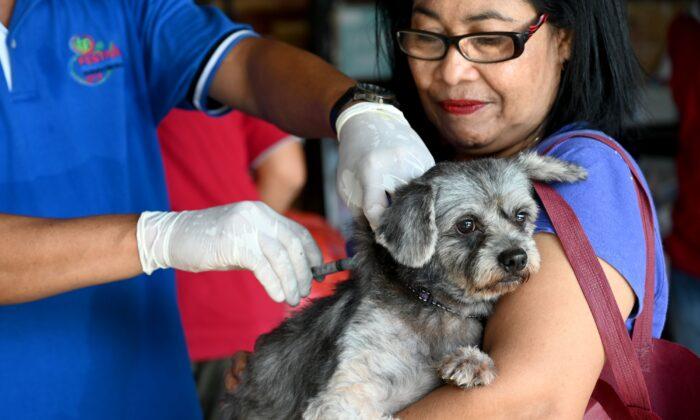The U.S. Department of Agriculture (USDA) has started airdropping millions of rabies vaccine packets in thirteen states, with airplanes and helicopters used for distribution from Maine to Alabama.
ORV baits are coated with a fishmeal attractant and are packaged in one-inch square cubes or two-inch plastic sachets.
“As the number of vaccinated animals in the population increases, they act as a buffer to stop the spread of the disease to other wildlife, domestic animals, and people.”
Controlling Rabies
Due to local and state pet vaccination laws, the rabies virus in the United States is largely spread via wildlife. In 1997, the national rabies control program kicked off in Texas where coyotes were the spreader of the canine variant.In 2004, the variant was eliminated due to the vaccine drop program. As a result, the U.S. Centers for Disease Control and Prevention (CDC) declared the country free from canine rabies three years later.
In January 2022, the USDA dropped 1.1 million baits along America’s border with Mexico to prevent coyotes from bringing back the canine rabies variant.
While raccoons are the main rabies reservoir in 18 states, skunks are the main carriers in 21 states. Bats are another spreader of rabies. Of the almost 4,500 animals found to be infected with rabies in 2020, bats made up 31 percent.
According to the CDC, around 90 percent of reported rabies cases in the United States are found in wildlife. The detection, prevention, and control of rabies is estimated to cost over $500 million per year in the country.
The Raboral vaccine is classified as safe for use in over 60 different species of animals. However, if dogs consume a high number of baits, they might experience an upset stomach. Children or adults coming in contact with the ORV baits must rinse the area of contact with soap and warm water.






Friends Read Free